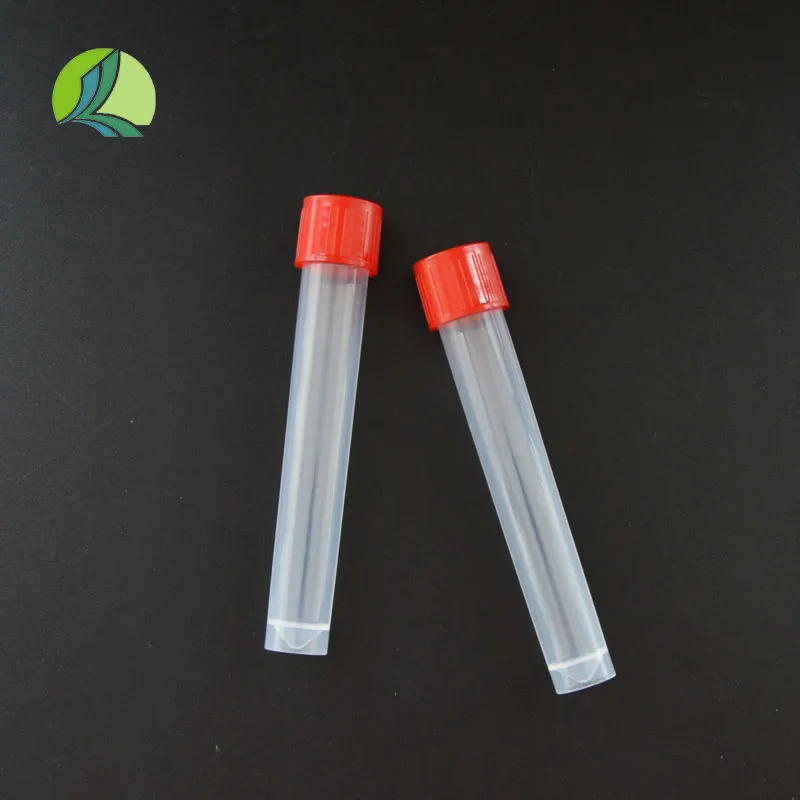Assorted Laboratory Reagents for Optimal Scientific Experimentation and Research Applications
The Importance of Lab Reagent Bottles in Scientific Research
In the realm of scientific research, precision and organization are paramount. Among the myriad of tools and containers that researchers use, lab reagent bottles hold a particularly critical role. These specialized containers are designed to safely store and dispense reagents—substances or compounds used in chemical reactions, analyses, and laboratory experiments. Understanding the significance of lab reagent bottles, their types, materials, and proper handling can significantly enhance the efficacy and safety of laboratory operations.
Types of Lab Reagent Bottles
Lab reagent bottles come in various shapes and sizes, each tailored for specific applications. The most common types include
1. Glass Reagent Bottles Made from high-quality borosilicate glass, these bottles are ideal for storing chemicals that might react with plastics. They typically come with a ground glass stopper, ensuring an airtight seal. Glass bottles are resistant to thermal shock and can withstand high temperatures, making them suitable for a variety of laboratory conditions.
2. Plastic Reagent Bottles These are often made from high-density polyethylene (HDPE) or polypropylene. Plastic bottles are lighter and less prone to breakage than glass, making them a safer choice in some laboratory environments. They are, however, less resistant to certain solvents, so it is crucial to choose the right type of plastic for specific applications.
3. Amber Bottles These bottles are typically glass and are designed to protect light-sensitive reagents from photodegradation. The amber color filters out harmful UV rays, which can degrade or alter the chemical composition of the contents.
4. Dropper Bottles Equipped with a dropper cap, these bottles allow for precise dispensing of liquid reagents. This is particularly useful in experiments where minute quantities of a substance are required.
Material Selection
lab reagent bottle

Material selection for reagent bottles is critical, as it affects both the safety of handling and the integrity of the chemicals stored inside. Glass reagent bottles are preferred for reactive and volatile substances, while plastic containers are often used for less hazardous materials. Additionally, the chosen material should be compatible with the specific chemicals being stored to prevent reactions that could lead to contamination or hazardous situations.
Labeling and Documentation
Accurate labeling is another crucial aspect of using lab reagent bottles. Each bottle should be clearly marked with the name of the reagent, concentration, and relevant hazard information. This is not only a safety precaution but also aids in the efficiency of lab operations. In addition, maintaining a comprehensive inventory and documented log of reagents enhances traceability and accountability, thus ensuring compliance with safety regulations.
Safe Handling and Storage
Proper handling and storage of lab reagent bottles are essential to prevent accidents and ensure the longevity of the reagents. Bottles should be stored in a cool, dry place away from direct sunlight, and incompatible chemicals should be segregated to reduce risks of reactions. When dispensing reagents, it is important to use appropriate personal protective equipment (PPE), such as gloves and goggles, to safeguard against spills or splashes.
Researchers should also be trained in emergency procedures for handling spills or accidents involving reagents. This includes knowing how to use safety showers, eye washes, and appropriate spill containment kits.
Conclusion
In summary, lab reagent bottles are indispensable tools in scientific research, facilitating the safe and organized storage of chemistries essential for experimentation and analysis. With various materials, types, and safety considerations, understanding the role of these bottles enhances both the effectiveness and safety of laboratory workflows. As science continues to evolve, the importance of proper storage and handling of reagents cannot be overstated; doing so not only protects researchers but also ensures the integrity of scientific inquiry. Thus, lab reagent bottles, although seemingly simple, are pivotal components in the intricate workings of modern laboratories. Their thoughtful use is a cornerstone of successful scientific research, contributing to discoveries that push the boundaries of our understanding of the world.
-
Aesthetic Makeup Spray Bottles | Fine Mist Empty RefillableNewsAug.19,2025
-
White Plastic Veterinary Vaccine Vials | Lab Liquid BottlesNewsAug.18,2025
-
Plastic Medicine Liquid Bottle: Secure Flip Top Drug VialsNewsAug.17,2025
-
Durable 250ml Blue Plastic Vaccine Vial for Lab & Vet UseNewsAug.16,2025
-
Sterile Virus Sample Tubes: Secure & Reliable Specimen CollectionNewsAug.15,2025
-
White 250ml Plastic Vaccine Vial for Lab & Vet MedicineNewsAug.14,2025
























